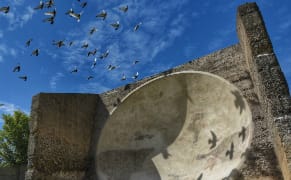
Art
Preserving the Concrete Listening Ears of Early Surveillance
Prior to the invention of radar in the 1930s, a system of concrete acoustic mirrors was set up around the coast of the United Kingdom as an early form of surveillance.

Art
Prior to the invention of radar in the 1930s, a system of concrete acoustic mirrors was set up around the coast of the United Kingdom as an early form of surveillance.
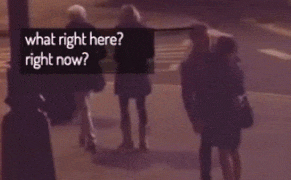
Art
In 1974, French writer Georges Perec's "An Attempt at Exhausting a Place in Paris" is part of the inspiration behind Kyle McDonald's new online interactive Exhausting a Crowd.
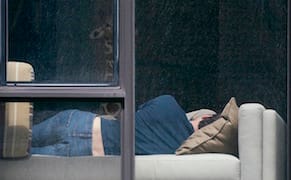
News
Last week, a New York State appeals court upheld a lower court ruling that exonerated photographer Arne Svenson against claims of privacy invasion, Photo District News reported.

Art
In mid-December, 12 hackers, artists, coders, and activists gathered to tackle issues of privacy, surveillance, anonymity, and big data as they manifest in our society.
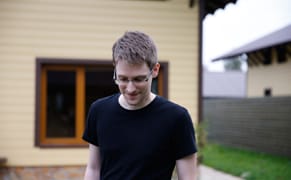
Art
Citizenfour, Laura Poitras’s documentary about Edward Snowden, premiered to a sold-out audience at the New York Film Festival on October 10.
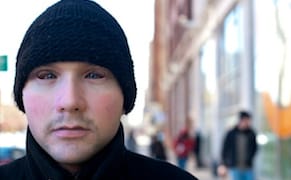
Interview
SAN FRANCISCO — It seems like everyone is making artistic reactions to our increasingly surveilled world.
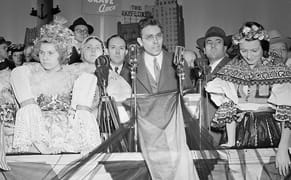
Art
Back in the 1930s and 40s, the NYPD was keeping a close eye on potentially subversive political groups.

Opinion
The New Museum Store will be hosting a very of-the-moment Privacy Gift Shop, which will feature “stealth wear” clothing and accessories that will help you dodge — or at least make you hope you are — surveillance methods.
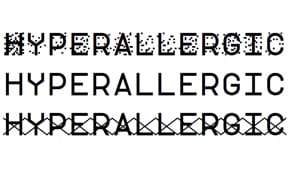
Art
As a reaction to government surveillance, the ZXX typeface is embedded with disruptive designs that are meant to combat optical character recognition processes. The four options for online communications camouflage — called XED, Noise, False, and Camo — each have characteristics that keep them legib

Opinion
Unless you've been living under a rock, you're probably fully aware that the US government's National Security Agency (NSA) can read your email, track your web movements, and access your Skype, Apple, Google, Facebook, Yahoo, and almost any other major internet account (strangely, Twitter seems exem

Art
Don't go to Jon Kessler's The Blue Period at Salon 94 Bowery if you don't like to be watched. Actually, if surveillance makes you nervous, you should probably move to the remote landscape of Antarctica, because at least in Kessler's installation the cameras are visible. The thousands of CCTV units t
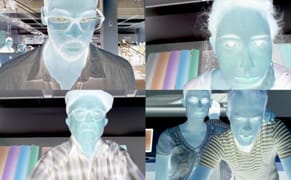
News
In a project that was either a canny statement about surveillance and consumer culture or just plain creepy [http://theatlantic.tumblr.com/post/7302392496/file-this-art-project-under-things-that-are-creepy], artist Kyle Macdonald staged a "photographic intervention" on public computers in Apple stor